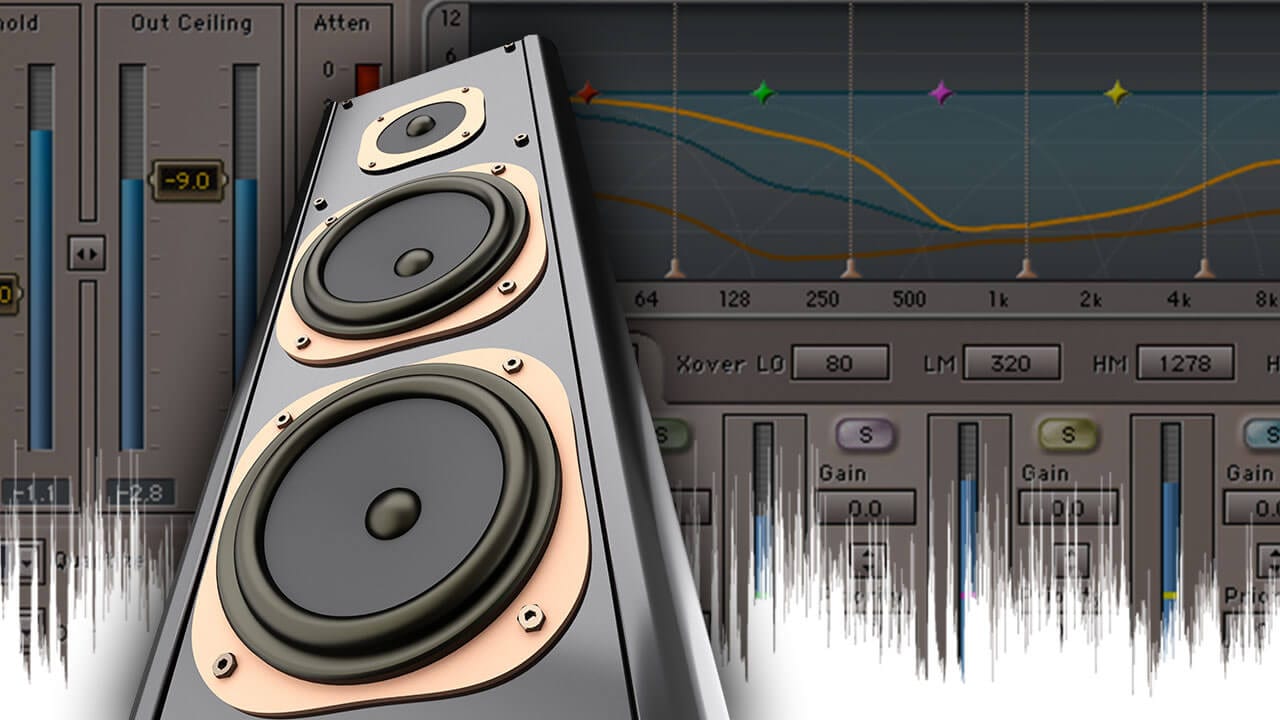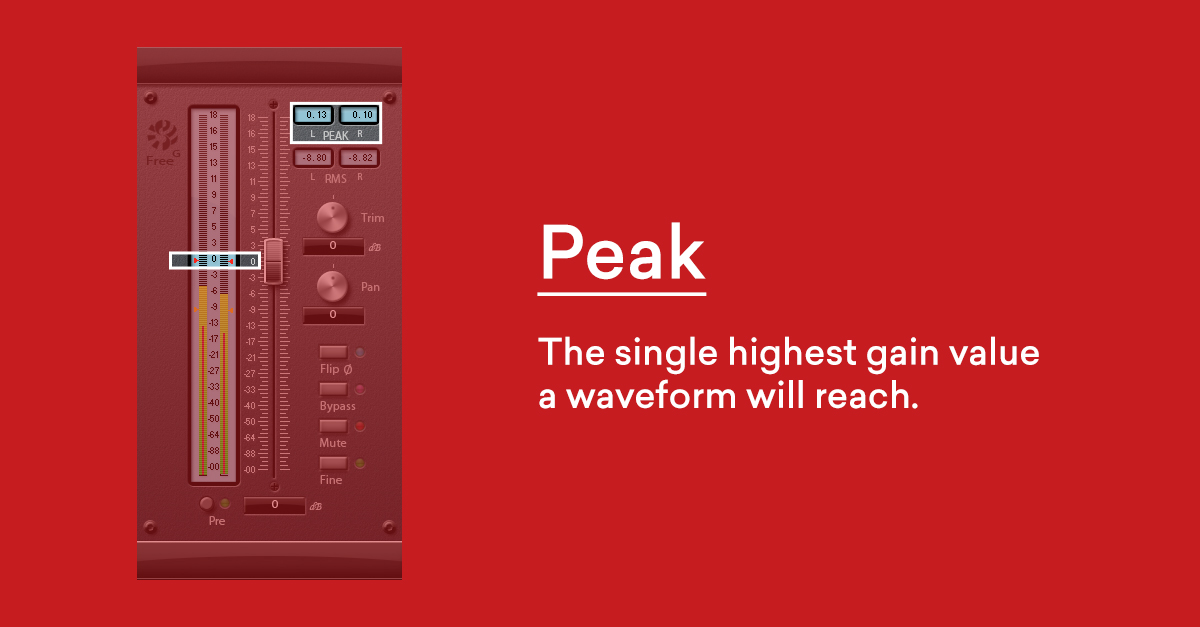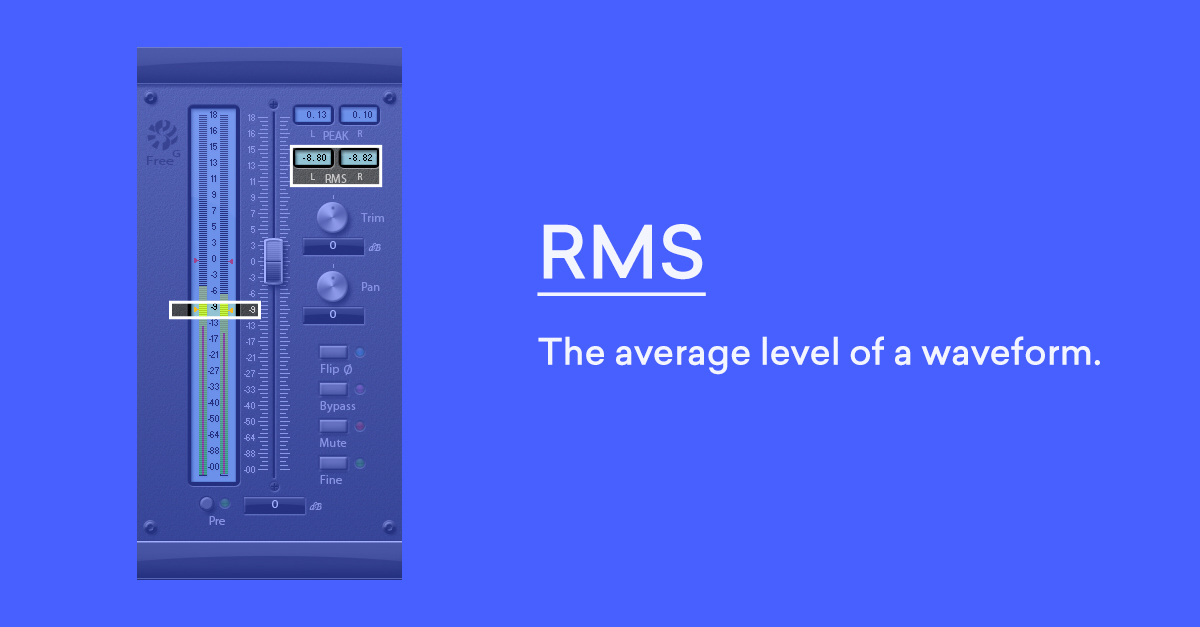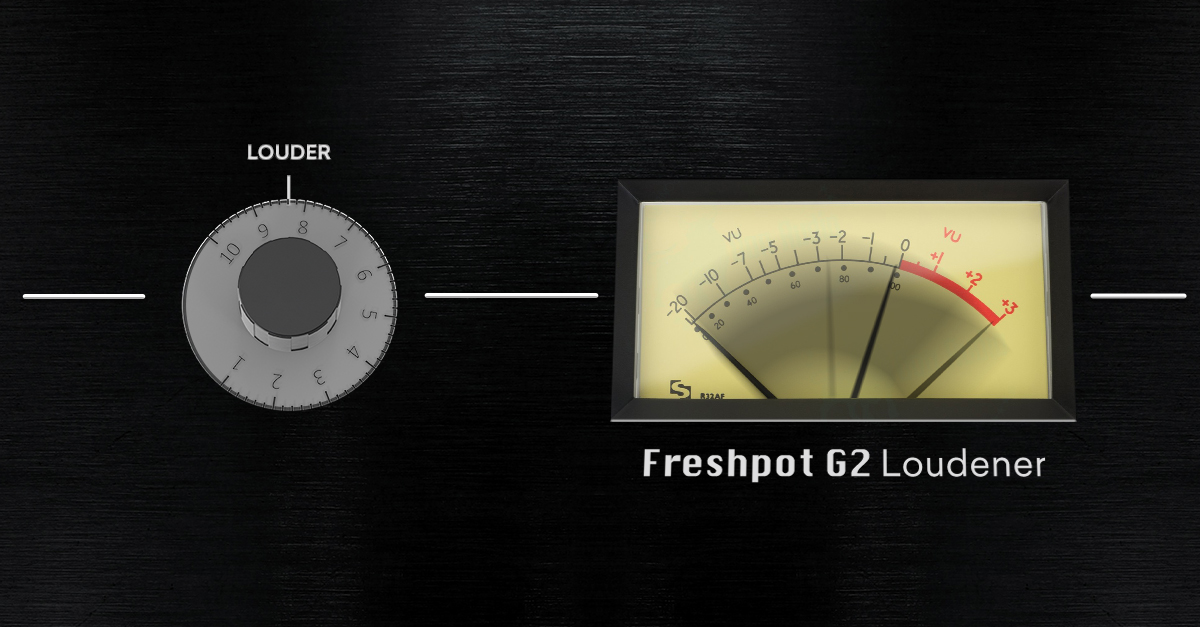Loudness and dynamics are 2 of the most important concepts in mastering levels.
Mastering levels ensure your track is loud enough to compete in the marketplace of commercial tracks. And the largest impact of the mastering process is loudness.
It seems like there are endless arguments about loudness going on in the professional audio community. So why is loudness such a big deal?
Some say loudness is killing music, however, there is plenty of pros out there still chasing the loudest master they could get.
In this article, I’ll go through everything you should understand loudness in mastering levels.
What’s loudness?
Loudness is the human brain’s perception of sound pressure. The more power (or SPL—sound pressure level) a sound has, the louder it seems.
It’s easy enough to know with a sound in real life. However, in your DAW, you are working with audio signals—not sound waves traveling through the air.
To search out the loudness of a signal, we have to measure it. Relying on how you select to measure, you could come to some very different conclusions!
Assessing loudness
Peak loudness method
The first method to assess loudness is to take a look at the highest moment in the whole audio track. This way is called peak loudness—however, it does not quite tell the whole story.
When you tried to boost your song up to 0 dBFS utilizing the total peak loudness as a reference point you would run into an issue. The loudest single moment in the song will be optimized…
However, the quieter segments would not even come close.
In fact, raising the level this method is equivalent to selecting the normalize option in your DAW’s bounce menu—definitely not appropriate for mastering levels!
RMS method
The next option for assessing loudness is RMS measurement. RMS stands for Root Mean Square. It is a mathematical way of determining the average level of a wave.
Comparing the 2, the RMS values are significantly decreasing than peak, since RMS takes the dynamic extremes into account.
Perceived loudness
However, there is still more to it! Because you have been looking at the “electrical” loudness, you still do not have a great image of how loud you would perceive the track to be.
That is where the modern loudness standard LUFS comes in. LUFS stands for Loudness Units relative to Full Scale. It is based on the way our ears (and brains) react to the intensity of sound at different frequencies.
With LUFS mastering engineers could make a loudness measurement that takes everything into account. It is the perception based, integrated average loudness that is relative to DAW full scale!
Loudness in mastering
Loudness in mastering is how close the mastering process brings the average level of a song (LUFS) to the 0 dbFS ceiling
Throw a modern commercial recording into your DAW to see what I mean. If it is a pop, rock or electronic master from a major label, you will notice just how close the average level comes to 0 dBFS on your DAW meters.
Dynamic range compression is the way used in the mastering process to reach those levels.
When the difference between the highest peaks and the average has been decreased, the common level of the song could be boosted without risking clipping.
However, rising the extent on this means has a trade-off… Loudness sometimes comes on the expense of punch and dynamics—that’s what dynamic vary compression is for in spite of everything!
The tug-of-war between loudness and dynamics ultimately led to a growth of ever-increasing common ranges usually called…
The loudness warfare
Rather a lot has been stated concerning the matter of music getting louder over time and the effect it is had on the music business and the audience.
However, when for some motive you have not heard about it, however, right here is the fundamental thought:
Mixing and mastering engineers have all the time favored issues loud, however, with the arrival of digital lookahead limiters within the CD period, loudness turned an arms race.
The idea was that audience would instinctively select the sound of CDs that delivered a louder sign to their audio system—particularly in the event that they had been shuffling tracks throughout totally different albums on multi-cd changers (remember these!?).
So mastering engineers stored pushing their masters nearer and nearer to 0 dBFS.
Lastly, the loudness craze culminated in a sequence of notoriously over-compressed records that prompted a backlash from listeners and the pro audio group.
At the moment, the typical stage that streaming firms could really ship to your audio system is a type of standardized.
That signifies that on Spotify, 2003 remaster of Thriller won’t actually output a louder signal than the unique 1982 grasp.
Without the additional loudness to trick our brains, the additional compressed masters sound flat, fatiguing and never very good.
And that is an excellent thing for the audience. There isn’t any motive to compromise the punch and dynamic liveliness of your grasp simply to realize yet one more thousandth of a dB of loudness.
Considering out loudness
There are so many opinions on the market that loudness has was a lightning rod for the audio group.
However, it isn’t as scary because it sounds. Loudness is a fundamental property of audio, and its position in mastering is worth taking the time to grasp.
Take the time to use totally different intensities to totally different variations of your songs. You will get a better understanding of how loudness ranges affect your individual recordings.
Now that you’ve your head round loudness, master some tracks and listen to it for your self.




